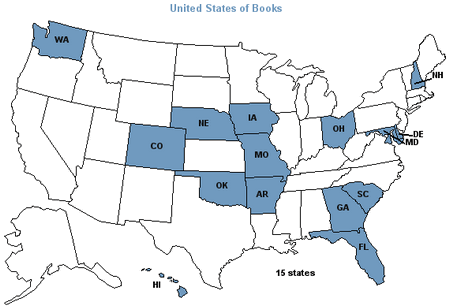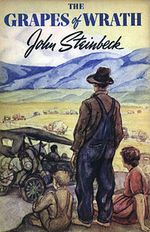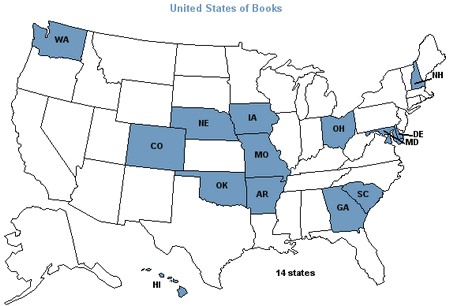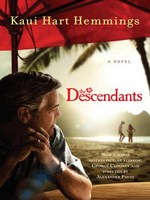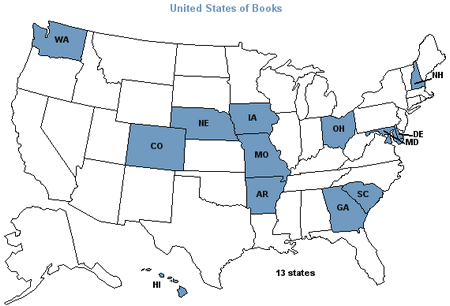I somehow managed to make 3 references to The Simpsons in my original draft of these — and almost made one more before I decided to knock it off. I only left one, it seemed apt. The major difference between this book and The Simpsons, of course, is that one brings happiness, smiles and joy to people; the other one has no yellow people and everyone has 5 fingers on each hand.
—
by Mary McGarry Morris
Paperback, 740 pg.
Penguin Books, 1996
Read: April 6 – 13, 2016

There’s a stereotype about Oscar-bait movies the come out late in the year, super-serious movies with super-serious actors about families in crisis, social unrest, a woman standing on her own, and so on. Nothing anyone really wants to see, but we all take it seriously. Yes, that’s a stereotype, an over-generalization, blah blah blah — but we all know that kind of movie. This book is like that — deadly serious, grim, full of people with no capacity for joy or to make a wise decision — or any action that involves a lack of melodrama.
I just couldn’t force myself to care about this one — not one bit.
The book centers on a divorced mother of three, Marie Fermoyle, and her children: Alice, Norm and Benjy. Marie’s barely scraping by, teeters between despondency and angry outbursts. Until Omar Duvall comes to town. The best thing that could possibly be said about Omar is that he’s a two-bit hustler and womanizer. Much worse could be said about him. Marie is so desperate for a way out of her life, that she falls for his flummery. Sam, Marie’s ex, is the town drunkard — a hopeless alcoholic, surviving on crumbs his sister gives him to get by, the children go out of their way to avoid him — as does pretty much everyone. The new priest in town, and Sam’s brother-in-law are pretty much the only exceptions to that. The priest is, well — he has problems, and the brother-in-law is henpecked and an obscene phone-caller. There are other characters — several, in fact — but let’s limit this to these characters. I could go on and on. Not unlike Morris.
A couple of months back, I caught a little flack because I didn’t buy a Roman Catholic priest character in crisis — I bought this one. I didn’t like him as a person or a character, but I could absolutely buy him. Just a point of personal privilege there, back to this book.
This collection of characters are the greatest conglomeration of self-centered, self-pitying, self-deceived (often), self-justifying, and miserable people I can imagine. And everything they do (well, 99% of the things they do, anyway) make their lives worse (and half of that other 1% is ruined almost immediately). On page 508, I jotted down in my notes, “Please, someone, stop this book — just put these people out of their misery! Mine, too!”
These people are so miserable, so self-pitying that I laughed out loud when I read Marie thinking, “Hope . . . there was more of that in her veins than blood.” Really? I couldn’t believe that for a second. About 200 pages later, we read, “She was so very, very tired. All this, she thought, biting her lip, all this because once, a long time ago, she had made a fatal mistake. She had fallen in love too young with the wrong man. Imagine, it was as simple as that and now she would never catch up. She would never be happy.” That I could believe. That’s one of the most honest sentences in the book.
Each male character (I think without exception — two children, are probably exempt) is able to talk a good game, able to spin a tale about something to make the people around him believe in him — and typically even fools himself. It happens at least once for every character — each time I disliked them more and more for it.
The main plot centers around Marie falling for Omar’s line and risking everything while underwriting a pyramid scheme that he’s peddling (as does a whole lot of the town), while alienating her two older children along the way. Her youngest knows better than the others suspect how terrible Omar is, but he suppresses that information and knowledge so his mother can hopefully be happy. There are crimes not associated with Omar, people dying, people suffering, people trying (and generally failing) to escape their pasts and improve their life. There are two characters out of this that might succeed in improving their lot in life, but we’re not given enough information to know for sure — a couple of others that seem to have turned a corner, but if the 700 previous pages are any indication these latter characters are 5 pages away from running back around that corner the other way.
So why did Entertainment Weekly put this one on their list for Vermont? I’m only guessing here — there aren’t that many novels set in the Green Mountain State. There was nothing distinctly Vermont about this book, as far as I could tell. It was Anytown, USA — there was a lake nearby, a university not too far away (but far enough), a Roman Catholic Church in town (maybe a Protestant one, too — but I’m not sure), one drive in, and a few small towns within an hour or two by car. That’s really all we learn about the geography. The state name is invoked a few times, but otherwise, it could literally be anywhere — like The Simpsons‘ Springfield. I learned nothing about that state, its people, or anything beyond another lesson in endurance in the face of overwhelming tedium.
Plot(s), character, setting — this book failed on all three. It was well-written, I guess, but there was nothing special about even that. I really have nothing positive to say about this one, if you haven’t noticed.
—–

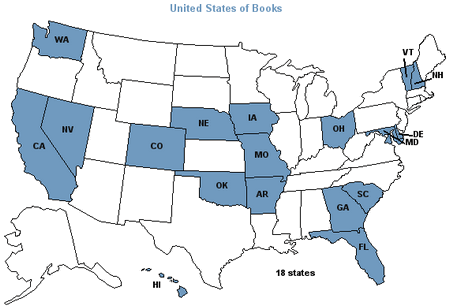
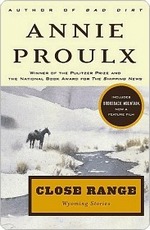 Close Range: Wyoming Stories
Close Range: Wyoming Stories
 Book
Book Narrators
Narrators 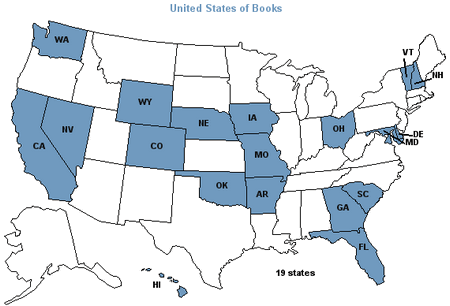


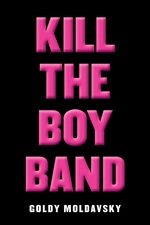


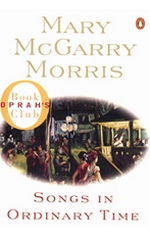


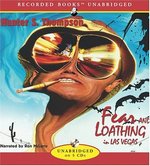
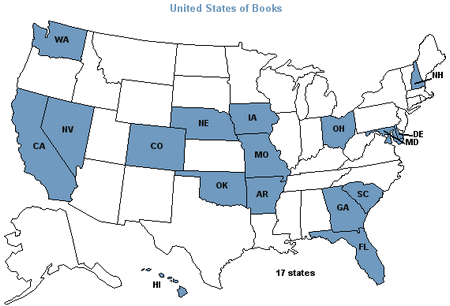
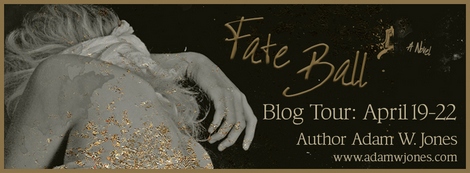


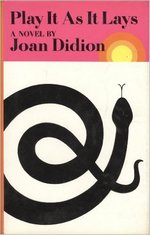
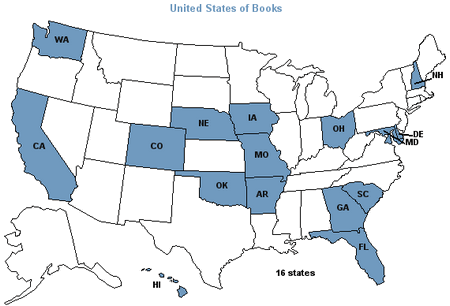

 The Yearling is a book I have heard about over the years, but was never super interested in reading. I could guess the outcome of a book centered around a young boy and his pet deer living on a hardscrabble farm in the 1870’s. I had read Old Yeller and seen Bambi, I knew what was coming. So I wasn’t thrilled when the random picking for the United States of Books challenge offered me up The Yearling. I don’t think I can really spoil a book that is over 75 years old, but just in case, I will only say I was right about the ending. However, I was mistaken about how I would feel about the book as a whole.
The Yearling is a book I have heard about over the years, but was never super interested in reading. I could guess the outcome of a book centered around a young boy and his pet deer living on a hardscrabble farm in the 1870’s. I had read Old Yeller and seen Bambi, I knew what was coming. So I wasn’t thrilled when the random picking for the United States of Books challenge offered me up The Yearling. I don’t think I can really spoil a book that is over 75 years old, but just in case, I will only say I was right about the ending. However, I was mistaken about how I would feel about the book as a whole.